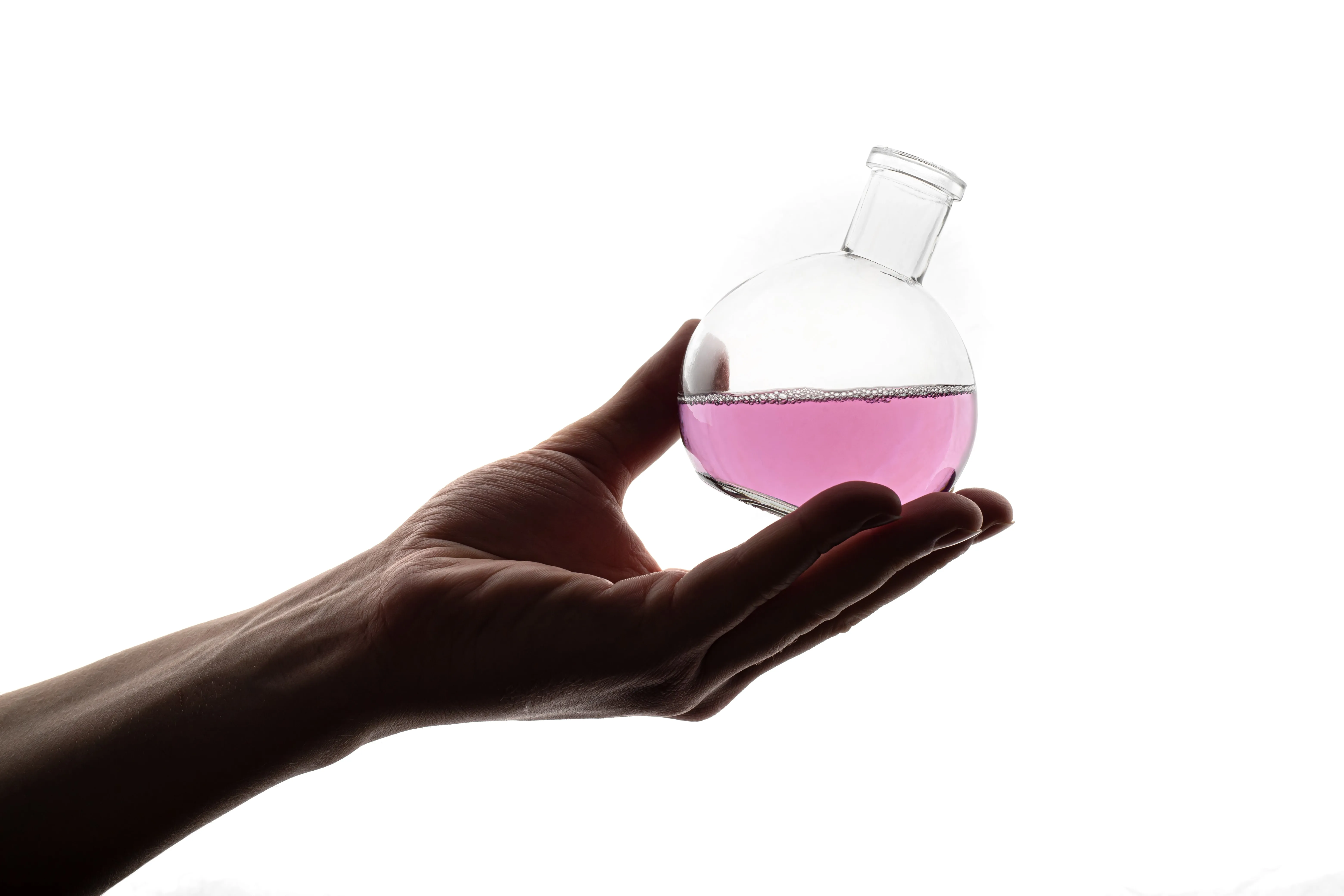Bioidentical Hormones: Secret Love Potion

What are the positive effects of hormone therapy on human body?
Studies have shown that hormone therapy (HT) positively affects the genitourinary, central nervous, skeletal, and other organ systems. However, the concerns about the safety of hormone therapy have made women look for safer alternatives to the pharmaceutical products most commonly prescribed. The early termination of the combined HT arm of the Women’s Health Initiative (WHI) provides a reason for concern for women already taking HT or those contemplating starting treatment.
Women have started using phytoestrogens and other natural products in response to press releases’ safety concerns. It has been thought that natural sources of feminine hormones such as progestogens and estrogens are safer than their chemical ascendents.
Traditional hormonal substances are majorly prepared in individualized and unique dosage forms such as suppositories, gels, and sublingual tablets and are used in conjunction with formulations prepared by compounding pharmacies. However, hormone specialist Maryland believe that hormones from natural sources, a.k.a bioidentical hormones, are much safer and, in most cases, more effective than traditional types. These hormones have structural properties similar to endogenous hormones secreted inside the female body; thus, the “natural” term is used for these steroidal substances.

hormone biochemistry
These steroid hormones are usually compounded using dehydroepiandrosterone (DHEA), progesterone, pregnenolone, testosterone, estrone (E1), estradiol (E2), and estriol (E3). To figure out the proper hormone dosage and individualize the final product’s formulation, the patients need to submit a blood or saliva sample to determine the hormone levels in their bodies.
Based on the results, the prescriber will select the individual agents to be incorporated and the amounts of each. Proponents claim that bioidentical hormone therapy is better tolerated than manufactured products or synthetic preparations. These healthcare practitioners advocate using hormones that occur naturally in the body versus synthetic or semisynthetic, such as Ethinyl estradiol, conjugated equine estrogens (CEE), or medroxyprogesterone.
Endogenous steroid hormones are biosynthesized from cholesterol and are mainly produced in the adrenal gland, ovaries, testes, and placenta. Slight changes in the molecular structure can occur at each step in the enzymatic pathway that ultimately creates the various steroid hormones, each with different physiologic functions. Most notably, these hormones have different effects on target tissues based upon the types of receptors present and the function of the target tissue itself. Aromatase, 17-hydroxysteroid dehydrogenase, and estrone sulfatase have all been found in tissues other than theca and granulosa cells of the ovaries. Some of these tissues include muscle, fat, nervous tissue, and the Leydig cells of the testes.
Consequently, androgens are sometimes converted to estrogens directly in target tissues. Therefore, even though serum concentrations of gonadal steroids are controlled by endocrine trophic control of the hypothalamic-pituitary-ovarian axis, local tissue concentrations of aromatase, 17-hydroxysteroid dehydrogenase, and estrone sulfatases ultimately determine the amount of locally active estrogen in tissues. The concentrations and functionality of these locally derived enzymes differ based on individualized genetic profiles.

CONSIDERATION OF ESTROGEN THERAPY
Estrogen receptor alpha is primarily found in the endometrium, breast-cancer cells, and ovarian stroma cells. In contrast, estrogen receptor beta is primarily found in the kidney, intestinal mucosa, lung parenchyma, bone marrow, bone, brain, endothelial cells, and the prostate gland. Selective estrogen receptor modulators and other ligands act as estrogen agonists in some tissues and antagonists in other tissues. Estrogens affect the growth and differentiation of various tissues, especially reproductive tissues, muscle, and bone. The presence and levels of estrogen receptor isoforms, along with receptor coactivator, corepressor, and integrator proteins, directly modulate nuclear estrogen receptor activity. The structure of the complex influences pharmacologic activity.
Certain estrogens act as agonists in some tissues, and these same compounds act as antagonists in other tissues. Several studies have been conducted to determine the function of estrogen receptors and in various tissues with various ligands. Clearly, the interaction of drugs with multiple estrogen receptors at different tissue sites in women of various ages and menopause status is extremely complex and beyond the scope of this review. However, knowing the long-term effects of hormone supplementation with each form of therapy would require multiple, large-scale, controlled clinical trials, similar in scope to the WHI.
Also, lack of mineral deficiencis and also vitamin balance, play a crucial role in the interaction and performance of the hormones in the body. The are several essential and non-essential amino acids, which also help synthesis and regulation of hormones in the body.
In the absence of such data, advocates promote the use of alternative methods of hormone supplementation, not based on scientific data but instead seizing upon the negative publicity generated by the results of the WHI. Proponents conclude, somewhat naively, that by simply avoiding the combination of drugs used in WHI, the benefit-to-risk pendulum would tilt in favor of the bioidentical products. It is important to note that the results of the WHI cannot necessarily be extrapolated to other HT combinations or formulations. Although some see NHT as “the answer” to everything wrong with conventional HT, wholly and suddenly embracing therapy for which there is essentially no research support would be a giant step backward.